Passeig de Gràcia is considered to be one of the most upscale streets in Europe. Linking Plaça Cataluña and the Gracia quarter, it is one of the main “arteries” of Barcelona. The avenue – comparable to the Champs-Elisées in Paris or 5th Avenue in New York because of the luxury shops that line it – is surprisingly short, measuring only 1.5 km in length. It is easy therefore to cover it all by foot, with a variety of interesting shops, architectural marvels, famous restaurants, and luxury hotels.
ShBarcelona will take you through everything you need to know about Passeig de Gràcia.
Related article: The famous streets, boulevards and avenues in Barcelona
Table of Contents
History
Before looking at the present, we will look at the past for a bit of history. Before becoming a district of Barcelona in 1897, Gràcia was a village in the suburbs of Barcelona. Passeig de Gràcia, which was then called The road of Jésus, linked Gràcia to the gates of the then fortified Barcelona.
Today’s layout of the city is owed to the architect Cerdà, who led the extension of Barcelona under the name “Plan Cerdà”. It was this architect who gave the city the structure we know today, with the famous boulevard in Eixample, which was later to attract the bourgeoisie of the time, as well as become home to the works of Antoni Gaudi and Josep Puig Cadafalch.
Architectural Heritage
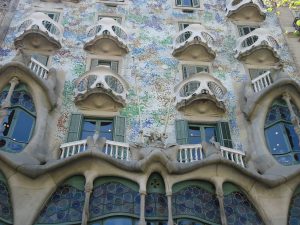


Photo via Pixabay
Passeig de Gràcia holds an incredible architectural heritage. Two of Antoni Gaudi’s buildings are located on the Passeig de Gràcia. At number 43 and number 92, you will find Casa Batlló and La Pedrera respectively. Completed at the beginning of the 20th century, these two buildings are symbols of this street and are not to be missed. A wonderful example of architecture, they also provide an insight into Barcelona’s elite of the time, as both were private commissions.
A building that is Modernist in the traditional sense of the word is Casa Amatller. Right next to Casa Batlló, at number 41, this house was built by architect Josep Puig Cadafalch.
Related article: Where to buy cool designer items in Barcelona
The shops, restaurants, and hotels



Photo by efradera via Visualhunt
Whilst architecture is part of the reason millions of tourists are attracted to Barcelona and Passeig de Gràcia each year, there is more to it than that!
If you are in search of culinary experiences the choice is ample, and if you want to shop, you will find every boutique you can think of. From Chanel to Prada and back again, the best fashion houses are present for duty. There are over 160 shops, many of which are Spanish, which is an added bonus if you are looking for that unique purchase! When it comes to resting, there are plenty of suitable hotels to fit the bill!
The Mandarin Oriental is a wonderful choice if you want to be spoilt, as is dictated by the opulence of the boulevard itself. There is a bonus as well, as the two Michelin star restaurant Moments is located within the hotel. Run by Carme Ruscalleda, the woman with the most Michelin stars to her name (seven), this is extravagance at its best! For a drink, the Alaire Terrace Bar is top notch, overlooking Casa Batlló.
Looking to invest in property in Barcelona? ShBarcelona is the answer.









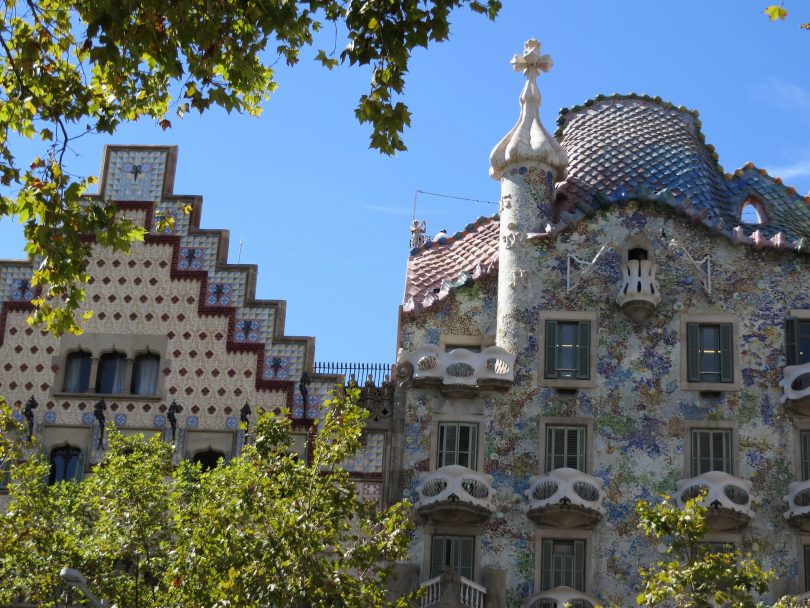




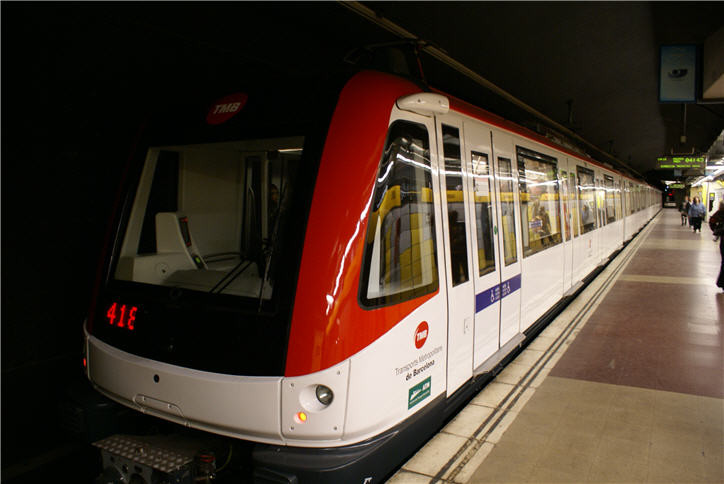


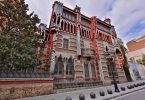
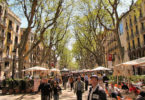


Leave a Comment